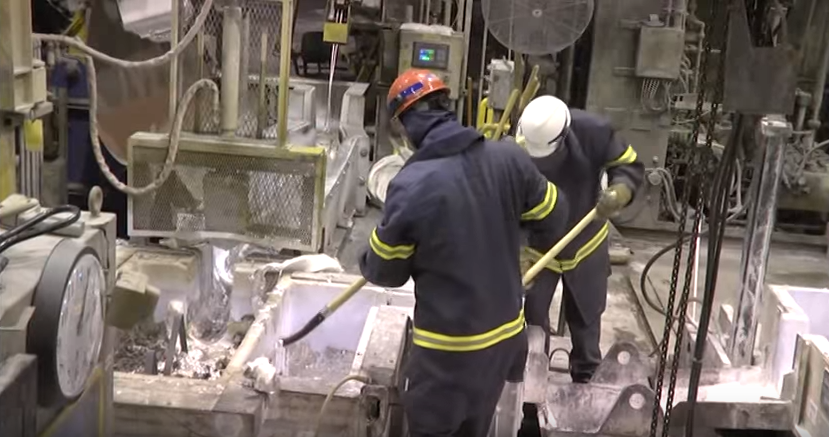
Domestic industry is rebounding, argues EPI study.
It’s been months now since the Trump administration raised tariffs on steel and aluminum tariffs, citing the faltering of domestic industries as a national security concern. The industries had long complained about the growth of excess capacity and overproduction in China, where that growth is fueled by a raft of government subsidies.
A lot is typically written about the steel tariffs, because steel makes up a larger market. But what has the impact of tariffs been on the aluminum market?
A new report from the Economic Policy Institute tackles this question directly. At a press conference today the author and tariff advocates argued the tariffs have actually kinda worked:
- U.S. primary aluminum production is projected to increase 67 percent between 2017 and 2018.
- Restarted smelters and expansion projects will create more than 1,000 new jobs and generate more than $100 million in new investment.
- Downstream aluminum rolling mills and extrusion operations have continued expansion, investment and hiring plans.
As for claims the tariffs are tantamount to a “tax on beer,” the report has this to say:
The structural decline of the popular beer industry is strictly a product of changing tastes and structural change within that industry.
My expert opinion: I think plenty of people in America are still buying (and drinking) plenty of beer in spite of any real or imagined tariff effect on prices.
